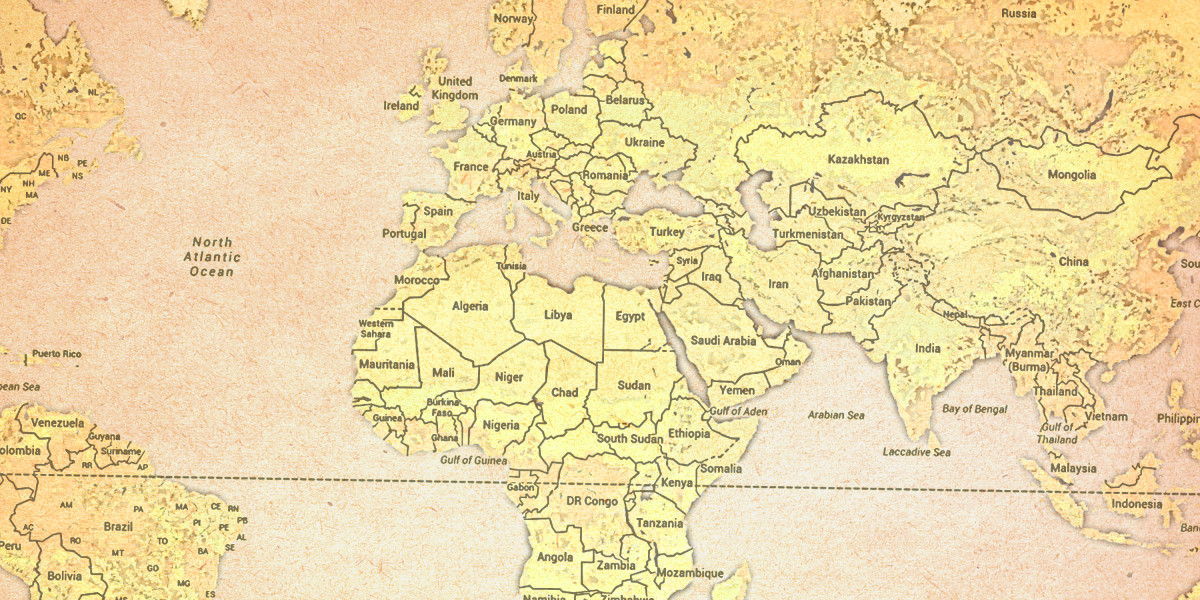The Future of Best Embroidery Digitizing for Creative Industries
Introduction
Embroidery has been an art form for centuries, but with the rise of digital technology, its process has transformed into something more advanced, precise, and creative. At the heart of this transformation lies best embroidery digitizing, a process that converts designs, logos, and graphics into stitch files interpretable by embroidery machines.
In 2025 and beyond, embroidery digitizing is not only about producing quality designs but also about adapting to industry trends, software innovations, and customer expectations. This guest post dives deep into what makes best embroidery digitizing essential today, how it works, the tools required, the benefits it provides, and the new opportunities it creates for creative industries.
What is Embroidery Digitizing?
Embroidery digitizing is the process of turning artwork into a digital embroidery file format. Unlike traditional manual embroidery, digitizing uses specialized software to create stitch patterns, decide stitch types, set underlay, and optimize design flow for embroidery machines.
The best embroidery digitizing ensures:
Accurate stitch placement
Efficient thread usage
Minimal thread breaks
High-quality output across different fabrics
It is not just a technical skill but also a blend of creativity and software expertise.
Why the Term “Best Embroidery Digitizing” Matters
The phrase “best embroidery digitizing” goes beyond just creating files. It reflects:
Superior accuracy in design conversion
Adaptability for multiple fabrics (cotton, denim, leather, polyester)
Reduced machine downtime
Enhanced visual appeal with perfect color blending and texture
For businesses, the “best” factor adds value by ensuring consistency in branding and reducing production waste.
Key Components of Best Embroidery Digitizing
1. Artwork Preparation
The digitizing journey begins with clear, high-resolution artwork. Proper preparation ensures every fine detail is captured and translated into stitches.
2. Stitch Type Selection
Different stitches produce different effects:
Satin stitches for text and borders
Fill stitches for larger areas
Running stitches for fine outlines
Choosing the correct type directly impacts the quality of the embroidery.
3. Underlay Stitches
Underlay provides stability to the design. For example, on stretchy fabrics, underlay prevents distortion. Without it, even the best embroidery digitizing cannot hold up under machine stress.
4. Density and Pull Compensation
Thread density defines how closely stitches are placed. Pull compensation accounts for thread tension and fabric stretch. Getting these right is what separates average digitizing from the best.
Benefits of Best Embroidery Digitizing
1. Precision and Consistency
Every stitch is placed with exactness, ensuring logos and designs remain consistent across multiple garments.
2. Fabric Versatility
The best embroidery digitizing adapts to any material—be it thick denim, delicate silk, or stretchy polyester.
3. Scalability
Digitized designs can be resized without losing quality, making them ideal for both small patches and large banners.
4. Cost Efficiency
Well-optimized designs reduce thread wastage and minimize production time.
5. Professional Appeal
Sharp, detailed, and polished embroidery elevates the overall brand image.
The Future of Best Embroidery Digitizing
AI-Assisted Digitizing
Artificial Intelligence is beginning to influence embroidery digitizing by suggesting stitch types, identifying color matches, and predicting thread consumption.
3D and Textured Effects
Designs are moving beyond flat embroidery into raised, 3D, and textured stitches that give garments a premium look.
Eco-Friendly Digitizing
Sustainability in embroidery digitizing is gaining traction, with software optimizing stitch patterns to use fewer resources.
Integration with Fashion Tech
Wearable technology is opening doors for digitized embroidery that blends design with sensors and smart fabrics.
Best Practices for Achieving the Best Embroidery Digitizing
Choose High-Quality Artwork: Start with a vector image for better results.
Understand Fabric Behavior: Each fabric reacts differently; test designs before production.
Balance Density: Overly dense stitching can damage fabric, while low density can weaken the design.
Use Correct Thread Type: Polyester, rayon, and metallic threads each require adjustments in digitizing.
Regular Testing: Always test run the file on scrap fabric before final production.
Industries Benefiting from Best Embroidery Digitizing
Fashion and Apparel: Custom logos, monograms, and creative patterns.
Corporate Branding: Uniforms and promotional wear with consistent branding.
Sportswear: Durable designs that withstand frequent washing.
Military and Tactical Gear: Strong, precise embroidery for identification patches.
Event Merchandise: Quick turnaround of promotional embroidery at scale.
Common Mistakes to Avoid
Ignoring fabric type while digitizing
Using poor quality artwork as the base
Setting incorrect stitch density
Neglecting underlay stitches
Forgetting to test designs before final embroidery
These mistakes can compromise quality and increase production costs, proving why best embroidery digitizing requires expertise.
FAQs on Best Embroidery Digitizing
Q1. What makes embroidery digitizing “the best”?
The best embroidery digitizing is defined by accuracy, fabric adaptability, reduced thread waste, and clean stitch quality.
Q2. Can I digitize embroidery designs without software?
No, embroidery digitizing requires specialized software to create machine-readable stitch files.
Q3. How often should I update my digitized files?
Files should be updated whenever fabric type, thread type, or machine settings change to maintain quality.
Q4. Which industries use best embroidery digitizing the most?
Fashion, sportswear, corporate branding, and military gear are major industries relying on high-quality digitizing.
Q5. Is best embroidery digitizing only about software?
No, it is a mix of software precision and creative understanding of fabrics, threads, and design aesthetics.
Conclusion
The future of embroidery lies in precision, creativity, and adaptability. Best embroidery digitizing is not just about converting images into stitch files; it is about ensuring the design is flawless, fabric-friendly, and production-ready. By mastering digitizing techniques and adopting modern tools, industries can achieve embroidery that is not only beautiful but also efficient and scalable.
In a world where brand identity and visual appeal matter more than ever, the best embroidery digitizing stands as the bridge between art and technology.






